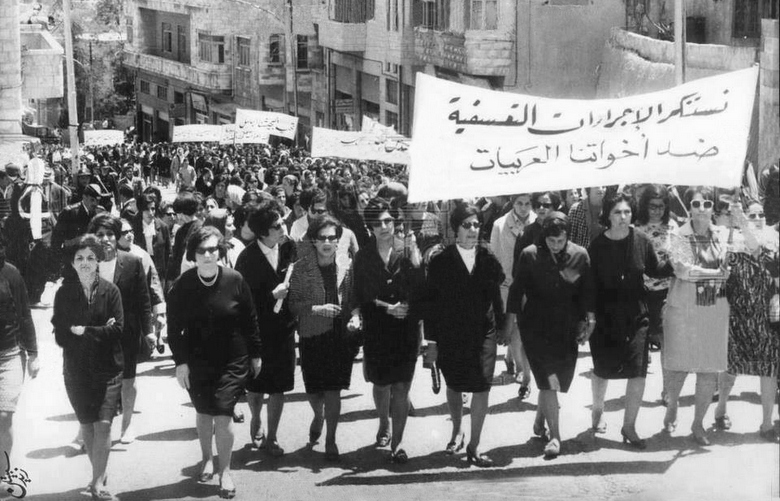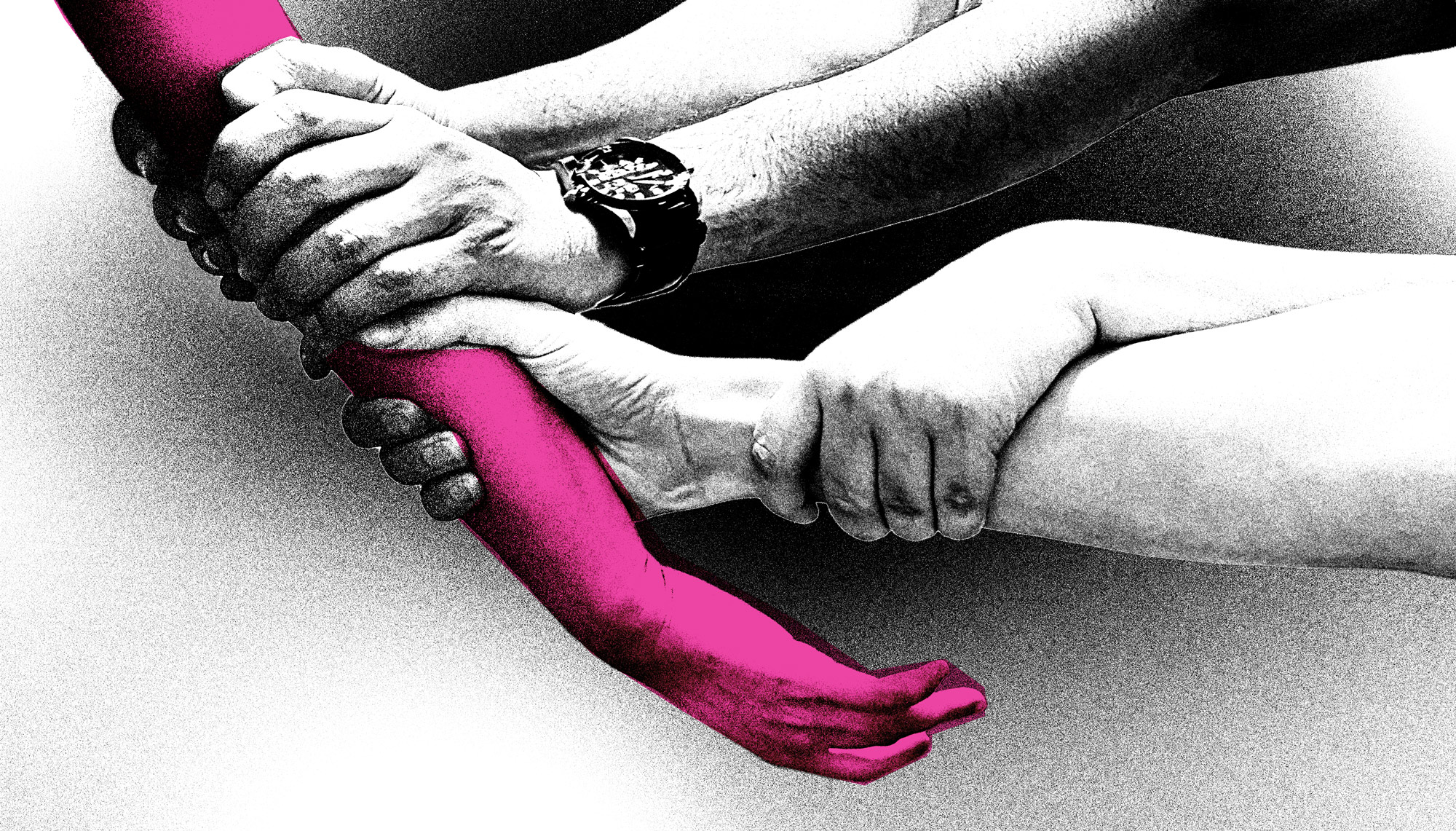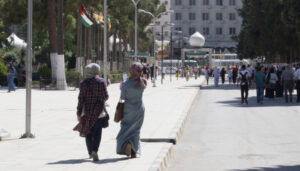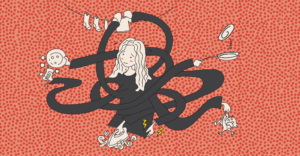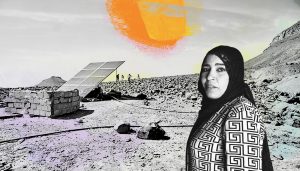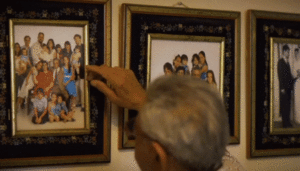Nicola Pratt*
Women in Jordan have a long history of public work that precedes the founding of the state in 1920. In particular, women have volunteered considerable time and resources to help communities in need throughout the Kingdom, including refugees and displaced persons, through providing welfare and social services. They have also been active in national struggles and political parties, sometimes at great cost to their personal lives and careers. During times of political turmoil during the 1950s and after 1967, women were able to push the boundaries of socially acceptable gender norms. Despite their considerable contributions to the development of Jordan, women’s activism is almost totally ignored in accounts of Jordan’s history (one exception is Suhair Salti al-Tal’s book, Tarikh al-haraka al-nisa’iya al-urdunniya, 1944-2008, published in 2014 by Azmina li-l-nashr wa-l-tawzi`a).
Women’s involvement in charitable and welfare activities has been a socially-acceptable way for women to enter the public sphere, which historically has been reserved for men only. From the end of the nineteenth century, many nationalist leaders in the Arab world argued that women’s education and public participation were necessary for the advancement of the nation. The middle classes in particular enthusiastically embraced these ideas and middle class women, as well as elite wives, began to establish charitable and philanthropic associations to contribute to the uplift of the nation. In Jordan, as documented by al-Tal, in 1944, the Women’s Social Solidarity Society (Jami`iyat al-tadamun al-nisa’i al-ijtima`iya) was created and, in 1945, the Society of the Jordanian Women’s Union (Jami`iyat al-ittihad al-nisa’i al-urduni) was founded. Both organizations carried out charitable and philanthropic activities as well as providing health and education services for the needy.
After the Palestinian Nakbah of 1948, Jordan witnessed a growth in the popularity of ideological parties, such as, the communists, Ba`thists and other Arab nationalist parties, who joined together as the Jordanian National Movement. Many urban, middle class women were also attracted to the ideas of these parties, which called for the country’s modernization, inclusive government, an end to continued British influence, as well as women’s rights. For the most part, women did not join political parties during this period. However, they contributed to the national movement through their welfare and social work, as well as their support for Arab nationalist causes. In 1954, the Arab Women’s Union was founded by women sympathetic to the Jordanian National Movement, under the leadership of Jordan’s first female lawyer Emily Bisharat. In addition to welfare and social work, it also campaigned vigorously for women’s right to vote.
As we have seen across history, moments of national crisis create opportunities for women to transgress dominant gender norms. The Baghdad Pact crisis of 1955 was such a moment for Emily Naffa, born in Salt and raised in Amman. She was in her early twenties at the time and decided to join the Jordanian Communist Party despite the reservations of her brother, and participated in the demonstrations against the Baghdad Pact despite her father’s disapproval. As a result of the massive popular protests, the government fell, the pact was not signed, and the King dismissed Glubb Pasha. This period of women’s growing involvement in national affairs came to an abrupt end in 1957, when the regime introduced martial law, banning political parties, trade unions, and even the Arab Women’s Union.
After 1957, the Jordanian state supported women’s entry into public work. Girls’ education expanded rapidly and the government encouraged women to enter the workforce, particularly in the teaching and nursing sectors. Lamis Nasser, born in Jerusalem, received a government scholarship to study for a degree in education, graduating in 1965. She taught in public schools before joining the diplomatic corps in 1969. Haifa El-Bashir, born in Nablus, wife of the late Mohammed El-Bashir, minister of health, ran a successful campaign in the 1970s to encourage women into the nursing profession, as well as establishing Jordan’s first care home for the elderly, the Golden Age Home. Whilst the state considered women’s public work, voluntary and paid, as legitimate for Jordan’s development and a marker of Jordan’s modernity, it did not support gender equality nor did it allow women’s associations to advocate for political rights.
The huge shock of the defeat of the Arab armies in the war of 1967 created another national crisis that politicized women and empowered them to push the boundaries of socially acceptable gender behavior. In the wake of the 1967 war, large numbers of women were propelled into public work, providing emergency relief and social services for the influx of people displaced by Israel’s occupation of the West Bank. Much of this was a continuation of women’s longstanding roles in charitable and welfare work. However, during this period, many women also viewed their humanitarian work as in support of the Palestinian cause, such as, Emily Naffa and her sister Layla, who founded the Arab Women’s Organization in Baqa Camp, and Myasser Saadi, a refugee of 1948 and 1967, who volunteered her time to help women and their families in the refugee camps.
Humanitarian and welfare work also provided a stepping stone to participation in more overtly political work. Abla Abu Elbeh, from Qalqilya, worked with the General Union of Palestinian Women in Amman before joining the Democratic Front for the Liberation of Palestine. Asma Khader, born near Jenin but raised in Amman, was also initially mobilized by the Palestinian women’s union and then became the first woman to be elected to the Palestinian student’s union. The popularity of the Palestine Liberation Organization and the Palestinian fighters (feda’yeen) obliged the government to relax its control over political and civil life. For the first time since 1957, Jordanian opposition parties, as well as Palestinian political factions, were able to operate openly and women, particularly of Palestinian origin, became involved in political work. Palestinian factions actively mobilized women and girls in the camps. Nadia Shamroukh, displaced to Amman from Dheisheh refugee camp, was barely 10 years old when she joined the Fateh girls’ youth group, the Zahrat.
Following the events of ‘Black September’ in 1970-71, the Palestine Liberation Organization was forced out of Jordan and the government clamped down on the leftist parties and forces that had allied with it. Jordan experienced a growing social conservatism as a reaction against the relatively liberal gender norms of the PLO. Although some women continued to work underground, nevertheless, many were deterred from political activism, not only afraid of harassment by the authorities but also by risks to their reputation, as ‘honor’ was used as moral weapon to discredit women’s political involvement. Meanwhile, during this period, the number of women joining the Muslim Brotherhood organization, which was allowed to operate openly, began to grow.
Although political work was difficult during this period, women continued their public work in charitable and welfare organizations as well as professional syndicates and student unions. In the run-up to the UN’s International Women’s Conference in Nairobi, several women, some of whom had previously been members of the Arab Women’s Union of the 1950s, came together to coordinate activities, establishing the Women’s Union in Jordan in 1974, which provided social services for women and advocated for women’s rights. The government, probably concerned to project a modern image of Jordan in the UN women’s conference, finally granted Jordanian women the right to vote in 1974, although they would be unable to exercise that right until 1989, with the resumption of elections.
The Women’s Union in Jordan was very active, establishing branches across the country, and al-Tal records that there were 3000 members by 1981. However, in that year, the government froze the Women’s Union and established the General Federation of Jordanian Women under the auspices of the Ministry of Social Affairs. Activists suspect that the reason for the closure of the Women’s Union was the government’s irritation with the Union’s independent positions, particularly in international conferences. The creation of the General Federation suggests the government’s desire to direct the Jordanian women’s movement and control its agenda. This trend became more pronounced after the onset of political liberalization in 1989, coinciding with the growing international concern for women’s rights after the end of the Cold War.
Against a backdrop of growing frustration in Jordanian society at the lack of political and civil freedoms as well as a deteriorating economic situation, popular uprisings broke out in 1989 in several Jordanian towns and cities, sparked by government plans to introduce austerity measures. In response, the King announced the end of martial law and the holding of elections. Political parties were able to operate openly and constraints on civil society were lifted. After many years of political repression and the limiting of women’s activism to government-endorsed institutions, it is unsurprising that middle class women activists, with the exception of some female student activists, played little role in the popular uprising of 1989 and that women’s specific concerns were not reflected in the demands of the protesters. This is in stark contrast to the mass protests of 1955, which were supported by urban middle class women and where women’s rights demands were part of the national struggle more broadly. Since 1989, women’s activism has flourished but women have faced unprecedented challenges to promote their gender agenda in light of the widespread influence of conservative and Islamist forces in society and in parliament.
*Nicola Pratt is Reader of the International Politics of the Middle East, University of Warwick
